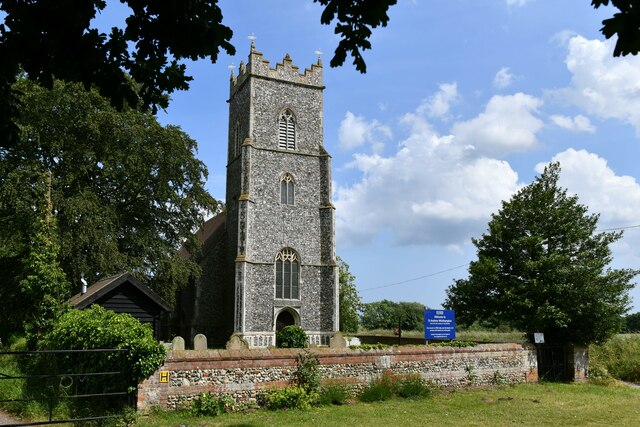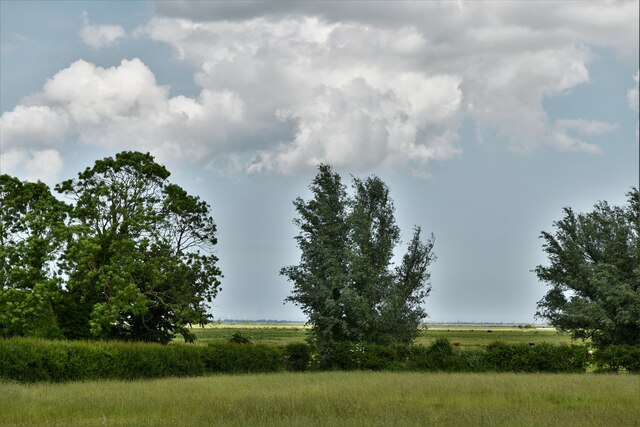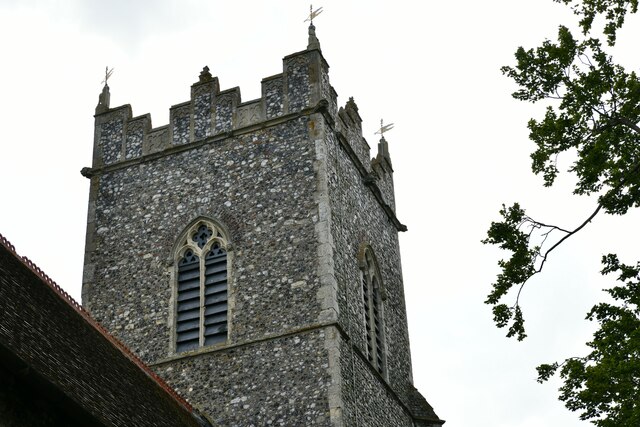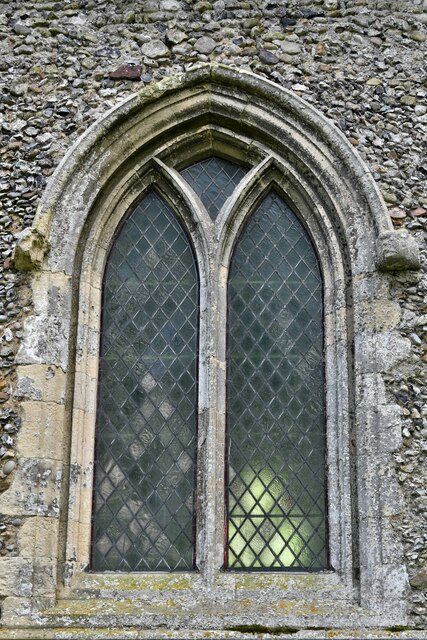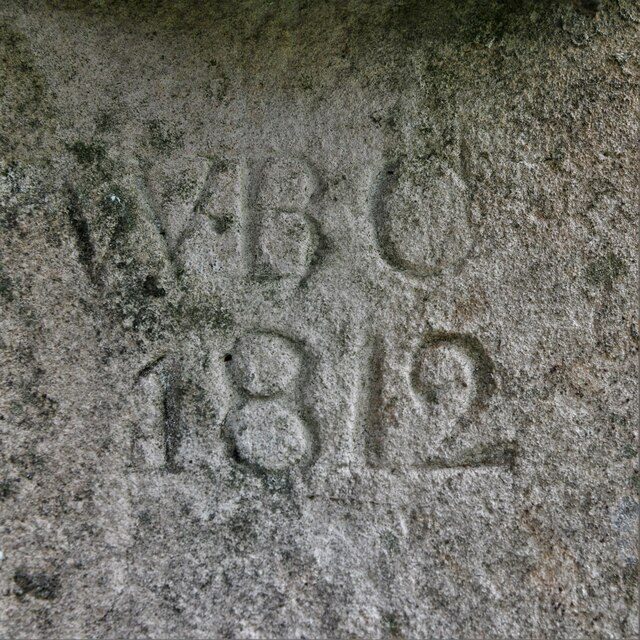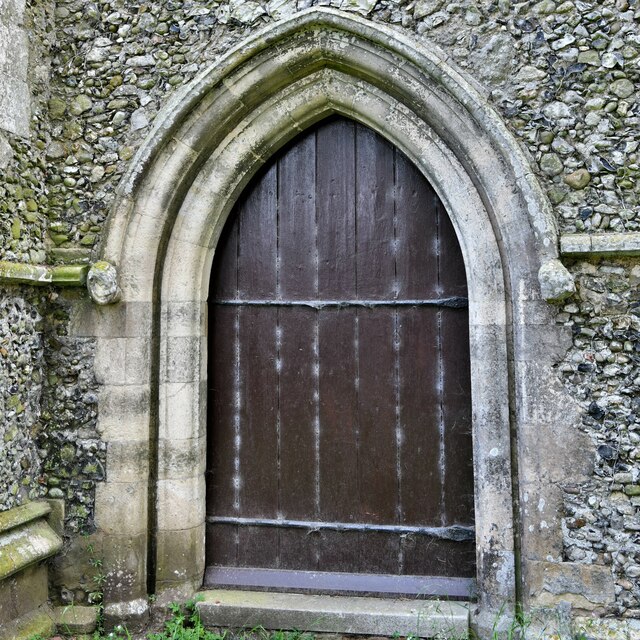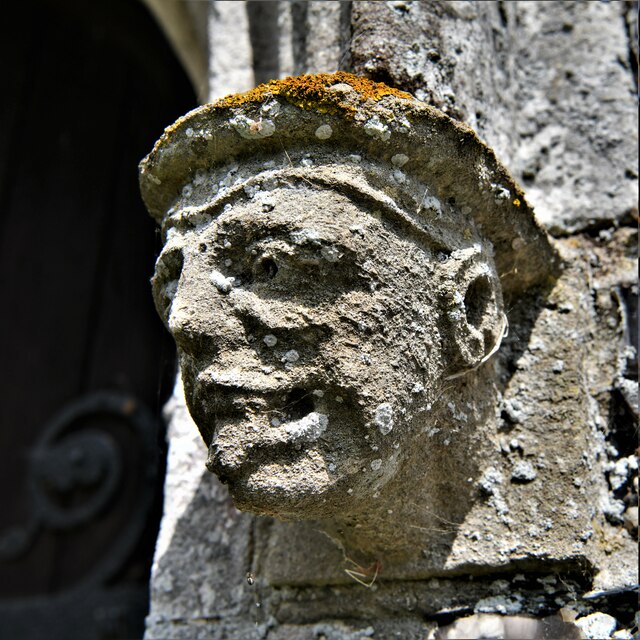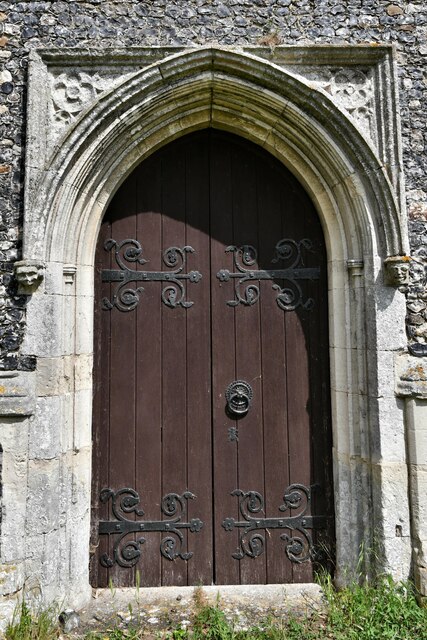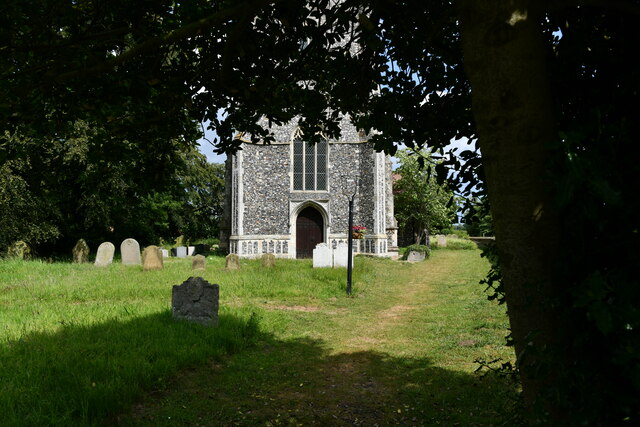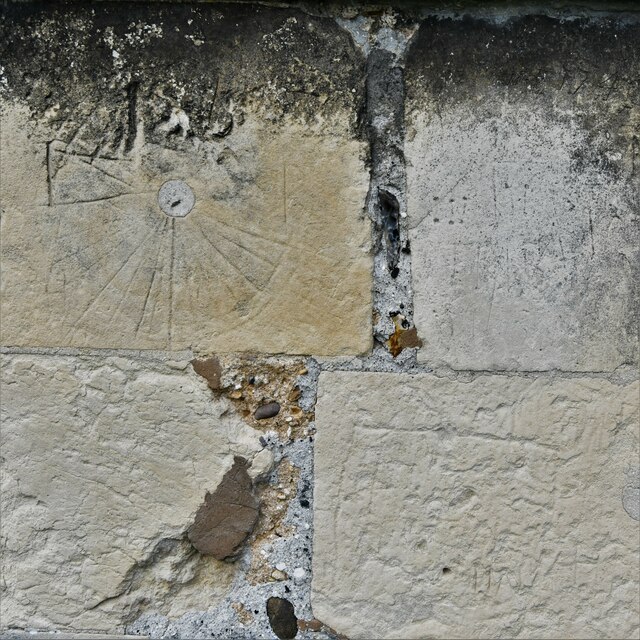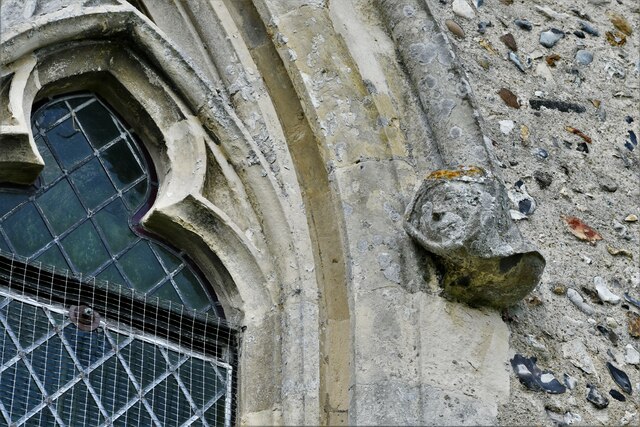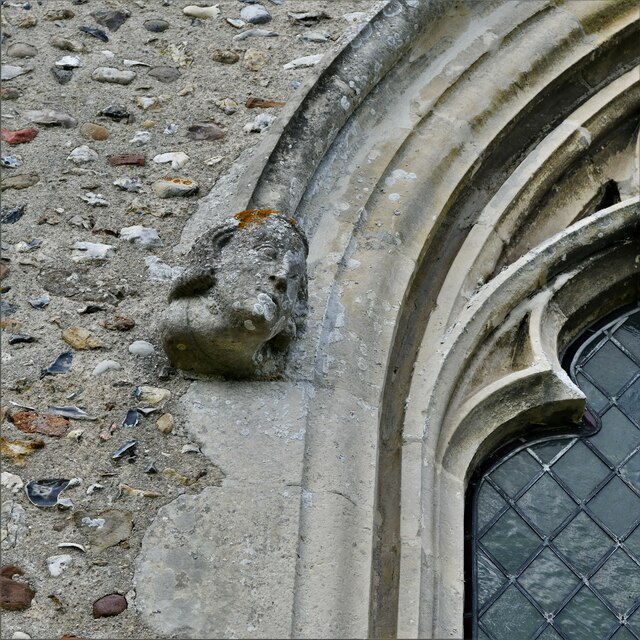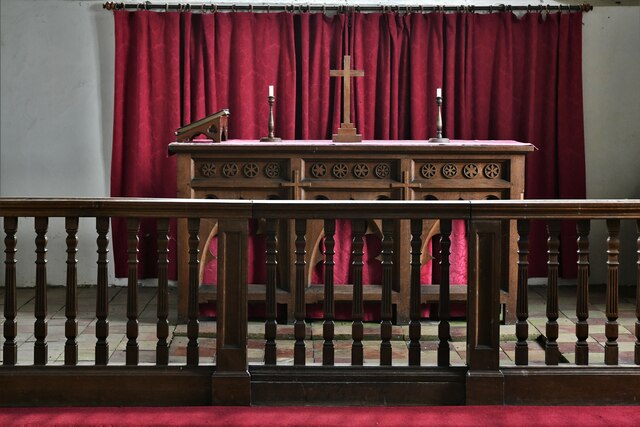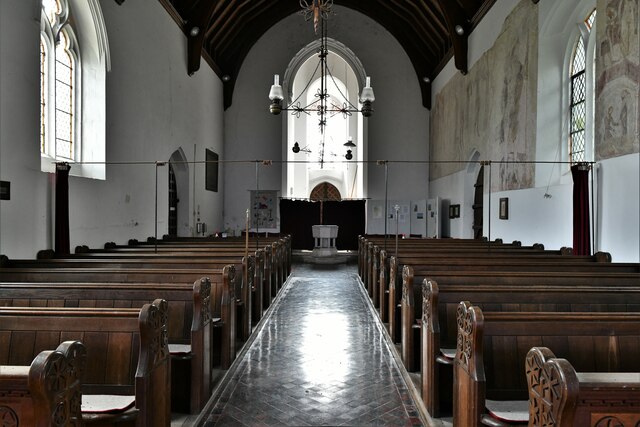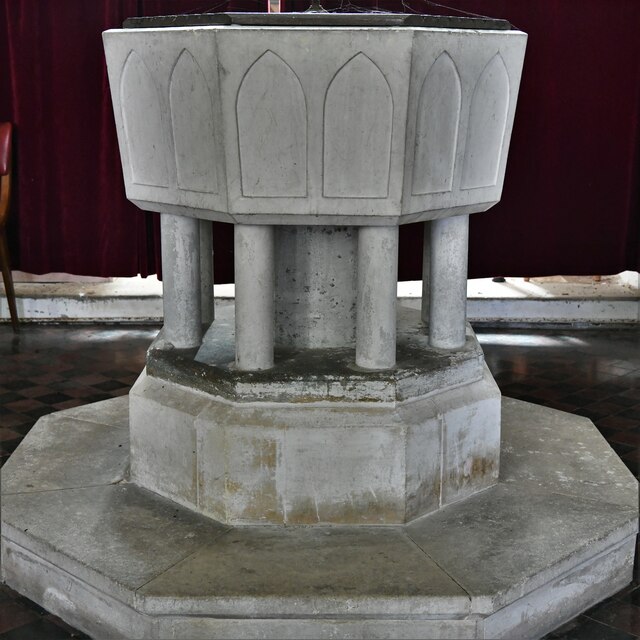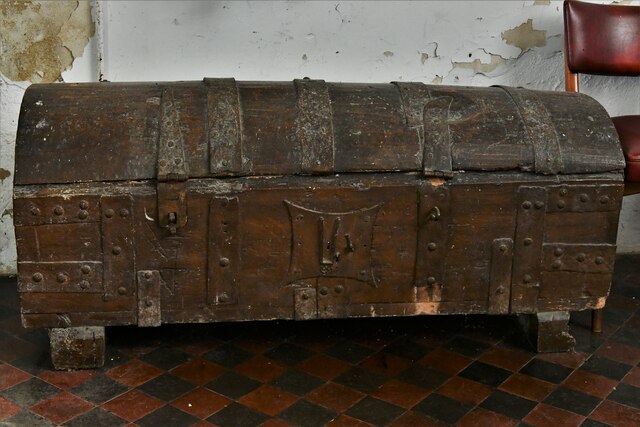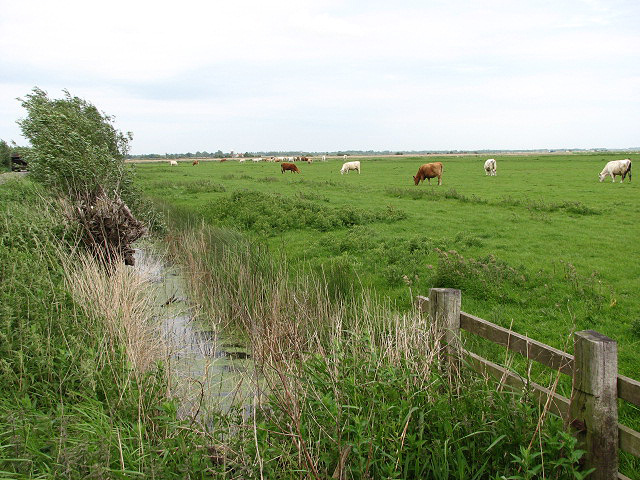Decoy Carr
Wood, Forest in Norfolk Broadland
England
Decoy Carr
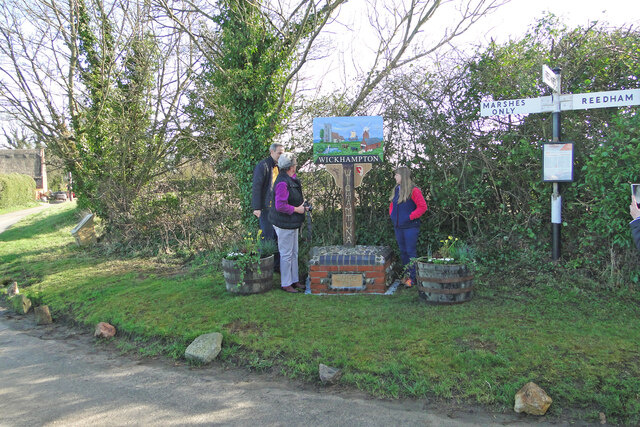
Decoy Carr, Norfolk, is a quaint woodland area located in the eastern region of England. Covering an area of approximately 200 acres, this forested haven is known for its picturesque beauty and diverse flora and fauna. Situated near the village of Woodton, Decoy Carr offers a peaceful retreat away from the hustle and bustle of urban life.
The woodland is characterized by its dense tree cover, primarily consisting of native broadleaf species such as oak, beech, and ash. These majestic trees provide a habitat for a wide range of wildlife, making the area popular among nature enthusiasts and birdwatchers. Visitors can spot various species of birds, including woodpeckers, owls, and finches, as well as small mammals like squirrels and foxes.
Decoy Carr also boasts a network of walking trails, allowing visitors to explore the forest and immerse themselves in its natural splendor. The trails wind through the woods, offering breathtaking views and opportunities for peaceful contemplation. The forest floor is carpeted with wildflowers during the summer months, creating a vibrant and colorful atmosphere.
The area is managed by a local conservation organization, ensuring the preservation of its natural beauty and biodiversity. They organize educational programs and guided tours to enhance visitors' understanding of the local ecosystem and promote environmental awareness.
In summary, Decoy Carr, Norfolk, is a serene woodland retreat that offers a tranquil escape into nature. With its diverse range of flora and fauna, scenic trails, and commitment to conservation, it is an ideal destination for nature lovers and those seeking solace in the great outdoors.
If you have any feedback on the listing, please let us know in the comments section below.
Decoy Carr Images
Images are sourced within 2km of 52.578083/1.5846856 or Grid Reference TG4203. Thanks to Geograph Open Source API. All images are credited.

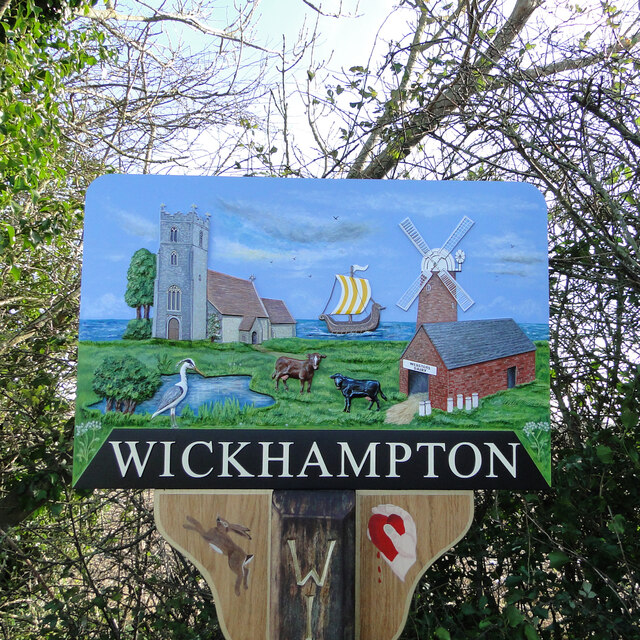
Decoy Carr is located at Grid Ref: TG4203 (Lat: 52.578083, Lng: 1.5846856)
Administrative County: Norfolk
District: Broadland
Police Authority: Norfolk
What 3 Words
///ruffling.pounce.grafted. Near Reedham, Norfolk
Nearby Locations
Related Wikis
Reedham railway station (Norfolk)
Reedham railway station is on the Wherry Lines in the East of England, serving the village of Reedham, Norfolk. It is 12 miles 13 chains (19.6 km) down...
Reedham, Norfolk
Reedham is a village and civil parish in the English county of Norfolk and within The Broads. It is on the north bank of the River Yare, 12 miles (19 km...
Reedham Swing Bridge
Reedham Swing Bridge, on the site of a Victorian swing bridge, is still in use at Reedham, Norfolk, England.It carries the Wherry railway line, between...
Halvergate Marshes
The Halvergate Marshes are an area of grazing marsh in the east of the English county of Norfolk. They form part of the area of The Broads and lie between...
Have you been to Decoy Carr?
Leave your review of Decoy Carr below (or comments, questions and feedback).
